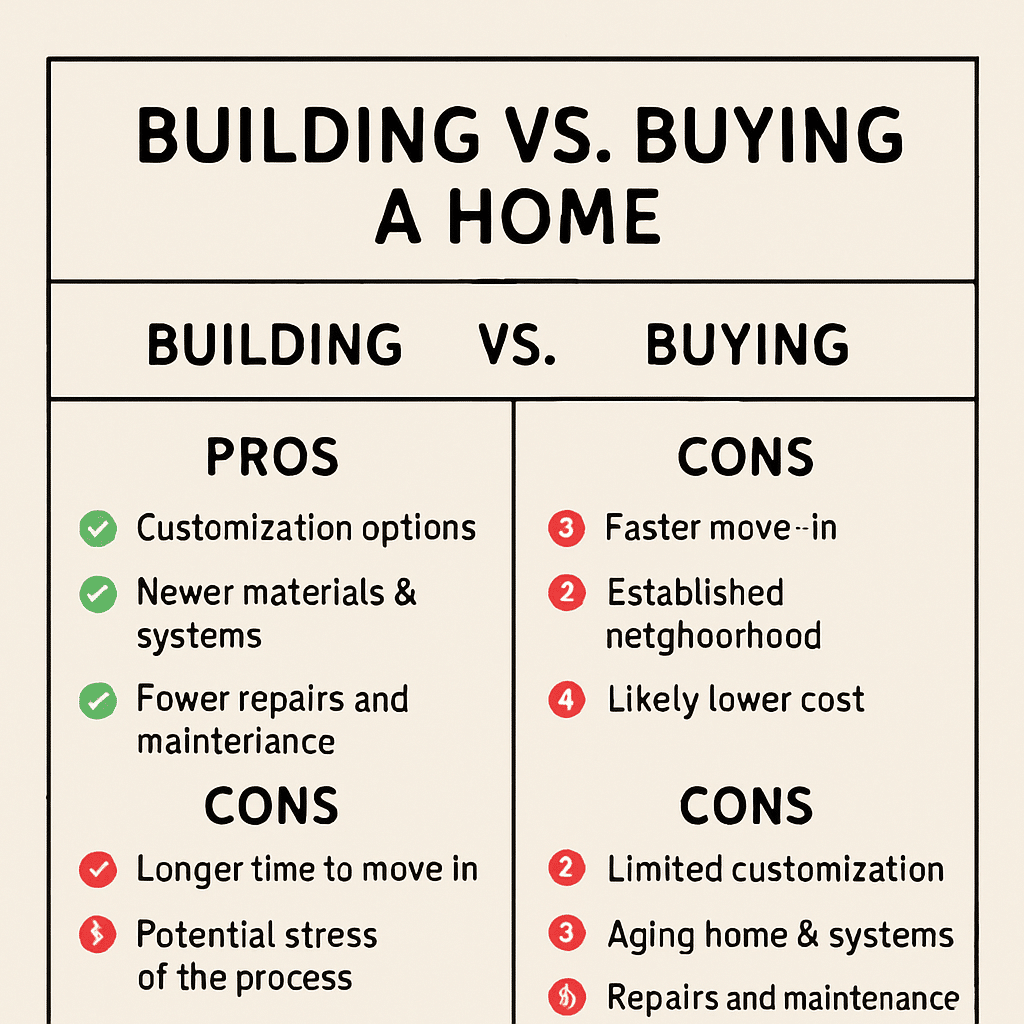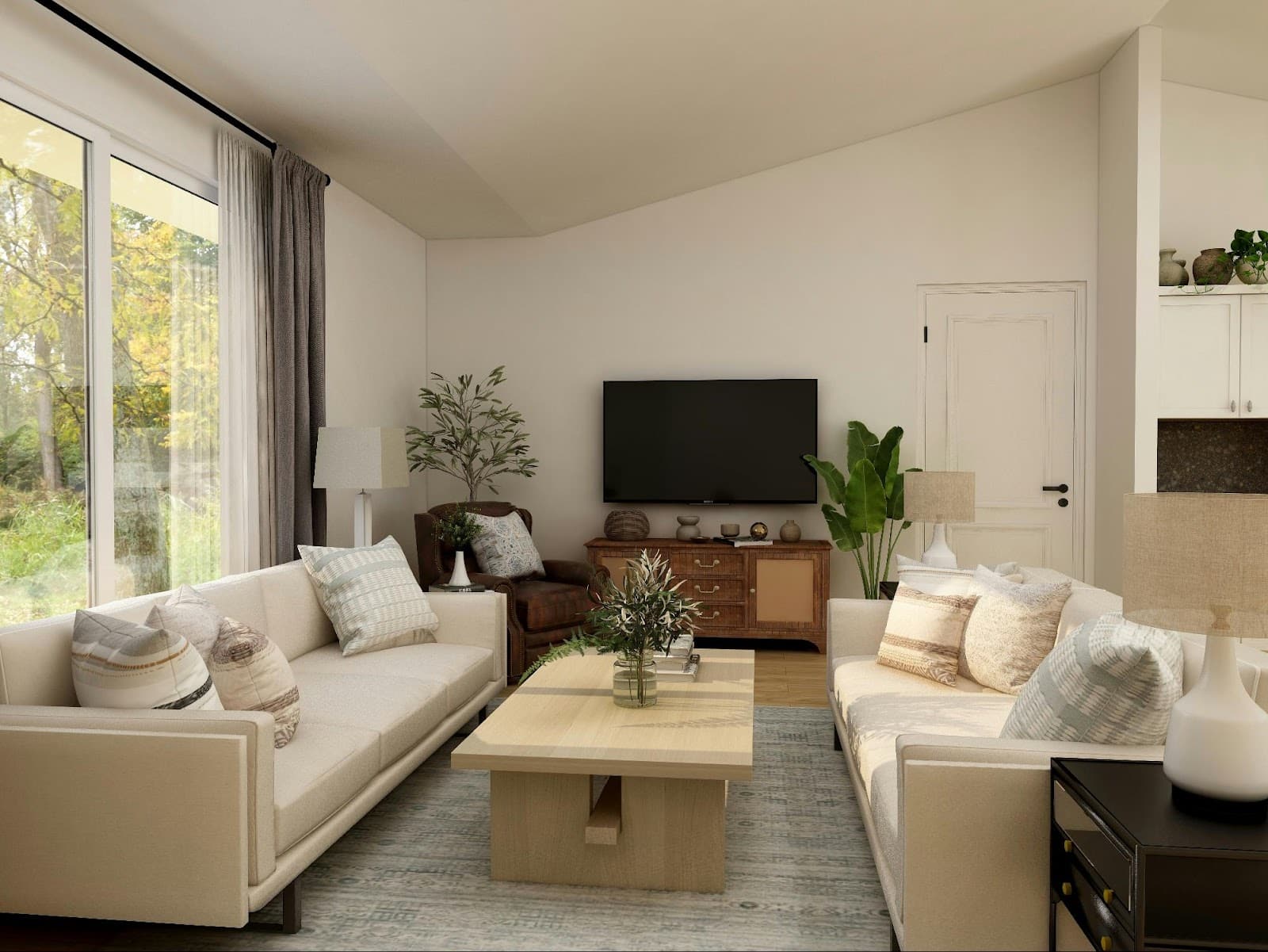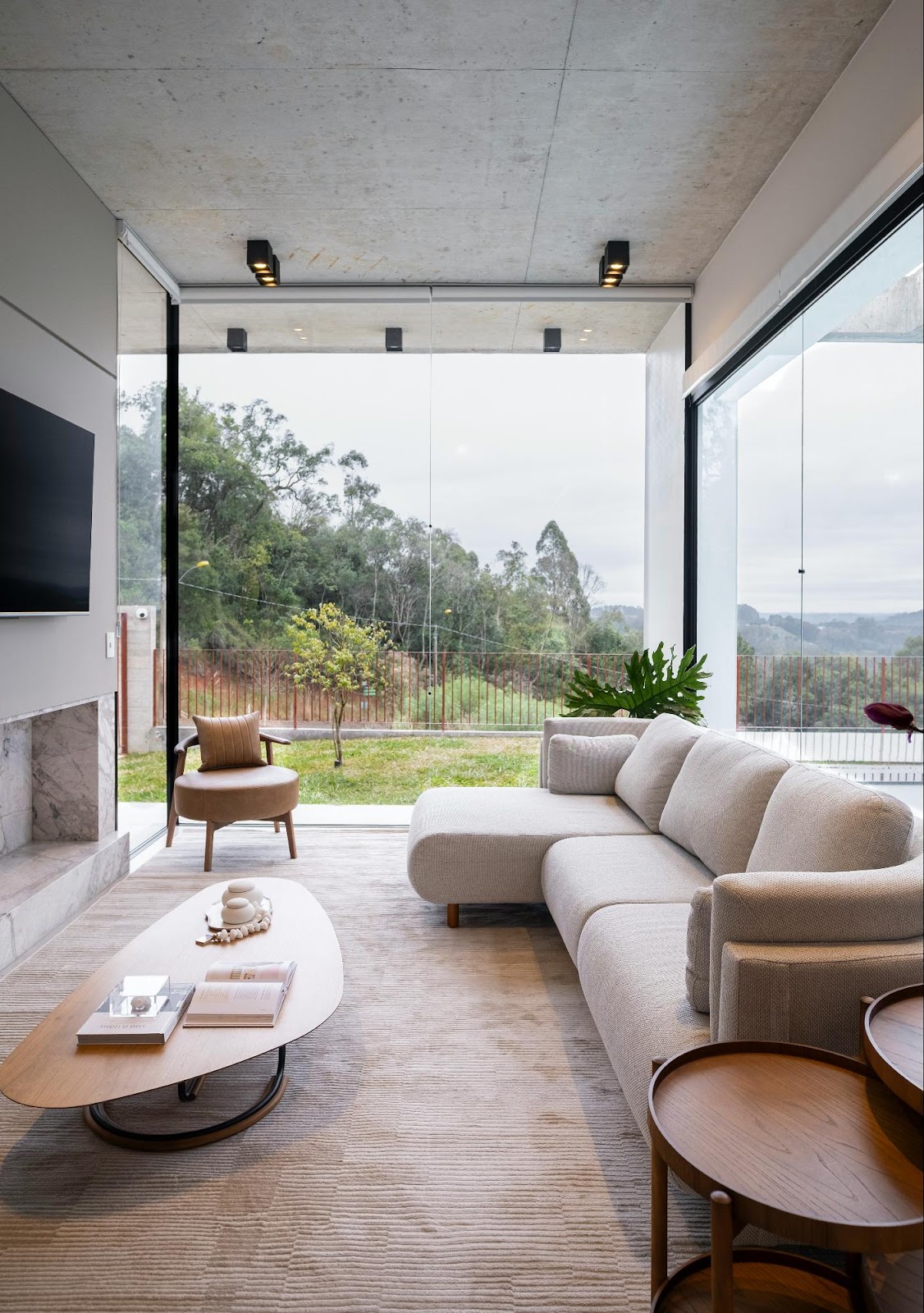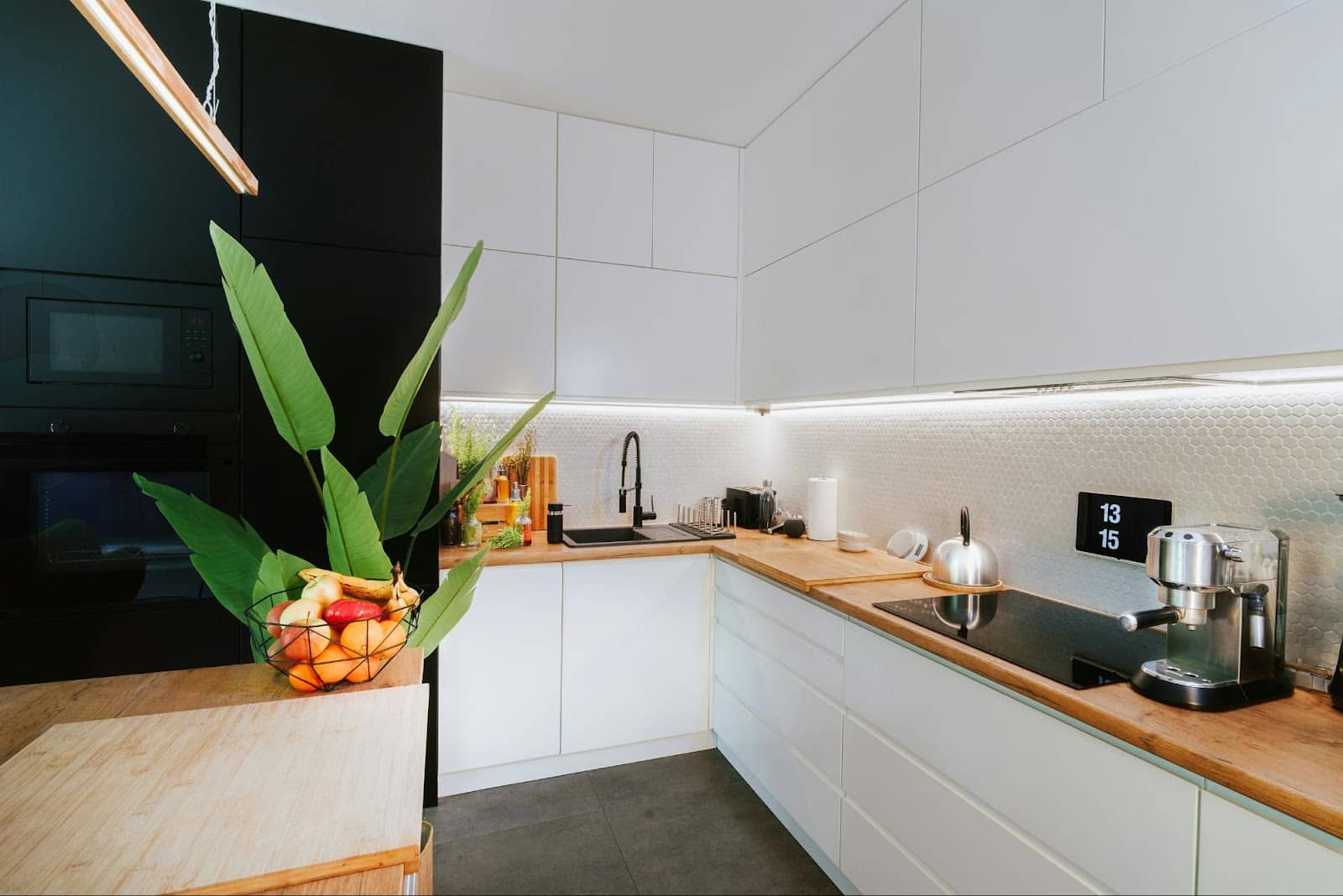Creating a home that truly fits your needs and personality is a rewarding journey. Whether you’re building from scratch or buying a new house, the process involves many decisions. Each choice impacts your living space’s comfort and functionality.
Understanding your lifestyle is the first step in home design. It guides every decision, from layout planning to interior design ideas. A well-thought-out home layout enhances flow and accessibility, making daily life easier.
Custom home architecture offers a unique opportunity to tailor your space. Personalized home design reflects your tastes and supports your lifestyle. Modern design trends can inspire your dream home, blending style with practicality.
Cozy living spaces are essential for relaxation and comfort. They create a welcoming atmosphere that feels like home. Home office design tips can help you carve out a productive workspace, essential in today’s world.
Whether you choose to build or buy, planning is key. Consider future needs, like family expansion or aging in place. With thoughtful planning, your home can be a perfect reflection of you.
Understanding Your Lifestyle and Needs
Before diving into home design, take time to assess your lifestyle. Knowing what you need helps avoid costly changes later. Every family’s needs vary, so there’s no one-size-fits-all plan.
Start by asking yourself a few essential questions:
- How many people will live in the house?
- What activities occur at home daily?
- Do you entertain guests often?
- Are there specific hobbies needing dedicated space?
These questions help reveal what spaces are necessary and their functionality. Home layout planning becomes more straightforward when you have a clear vision of your daily activities.
Adaptability is another consideration. Planning for the future ensures your home grows with you. Life changes, like children or aging parents, can alter your requirements drastically.
Visualizing your life in each part of your home can provide insights. This exercise is especially helpful when considering personalized home design. Remember, a home that fits your lifestyle enhances comfort, efficiency, and happiness.
by Luis J. Corniel (https://unsplash.com/@luisjcorniel)
Build vs. Buy: Deciding What’s Right for You
Choosing between building a new home or buying an existing one is crucial. Each option has its advantages and drawbacks. Assessing your priorities and budget can lead you to the right decision.
Building offers customization opportunities that existing homes can’t. You can choose every detail, from floor plan selection to custom home architecture. This ensures a personalized home design that reflects your personality.
However, building a home requires more time and effort. Dealing with construction timelines and unexpected delays can be stressful. Consider these factors:
- Timeline and urgency
- Budget constraints
- Location preferences
On the other hand, buying a new house can be quicker and simpler. You can move in faster without navigating the complexities of construction. Existing homes might offer mature landscaping and established neighborhoods.
Ultimately, the decision hinges on what suits your lifestyle. Do you value customization and control over every detail? Or do you prioritize location and immediate availability? Weighing these factors helps determine your path forward. Your choice should align with your goals and circumstances for the best results.

Home Layout Planning and Floor Plan Selection
An effective home layout is crucial for comfort and functionality. Consider how spaces flow and connect within your home. A thoughtful layout enhances daily life and supports your activities.
The process starts with identifying your needs. Which rooms do you prioritize? Consider home comfort planning and how you’ll use each space. Think about traffic patterns, accessibility, and the importance of cozy living spaces.
Selecting the right floor plan is next. This choice impacts how you live and interact with your environment. Look for plans that align with your lifestyle. Evaluate the following:
- Open vs. closed floor plans
- Size and number of rooms
- Location of social versus private spaces
Exploring custom home architecture can provide a unique layout tailored to your preferences. This way, your design reflects your personality and taste. Custom layouts offer a chance to integrate residential architecture ideas that fit your vision.
Floor plan selection includes considering future needs. Will your family grow? How will your needs change over time? Planning for flexibility ensures your home remains functional and adaptable. A well-thought-out home layout enhances the livability and value of your space.
Custom Home Architecture and Personalized Design
Custom home architecture allows you to create a space truly your own. Personalized design is more than aesthetics; it’s about crafting a home that meets your unique needs and style.
Start by reflecting on what makes you feel at home. Custom features can include unique architectural elements, creative lighting, and personalized spaces. These decisions contribute to a harmonious and functional residence.
Consider integrating residential architecture ideas that inspire you. Each design element should serve a purpose and enhance your living experience. Focus on these aspects:
- Unique room shapes and ceiling heights
- Material choices that resonate with your taste
- Integration of natural elements to bring the outside in
Personalized home design requires attention to detail. Your personality should shine through in every corner and cranny. Design for lifestyle choices that reflect your daily routines and future aspirations.
Don’t forget to consider practicality alongside creativity. Custom designs should be durable, efficient, and adaptable. This approach balances beauty with function, making your dream home both stylish and sustainable. A personalized home not only satisfies aesthetic desires but also supports a fulfilling lifestyle.
Cozy Living Spaces: Creating Comfort and Warmth
Cozy living spaces are essential for a comfortable and inviting home. They offer a retreat from the chaotic world outside, promoting relaxation. Achieve a welcoming atmosphere with thoughtful design choices.
Start with textiles that add warmth and texture. Soft rugs and cushions can make a significant difference. Choose fabrics that feel luxurious and comforting to the touch.
Lighting is another key element in creating cozy spaces. Use layered lighting to set a soothing tone. Consider warm lights and candles for evenings. These small touches can transform a room’s ambiance.
Consider these ideas to enhance coziness:
- Plush throws and blankets
- Soft seating options like bean bags and poufs
- Warm color palettes and earthy tones
Remember that personal touches make a space truly yours. Display treasured items and keepsakes, such as family photos or travel souvenirs. These elements add character and create a connection to your environment.
Focus on creating cozy living spaces that cater to your senses. They should be practical, yet filled with warmth and charm. This combination invites you to unwind and enjoy time spent at home.

Modern Design Trends and Dream Home Inspiration
Modern design trends continue to evolve, offering fresh inspiration for those seeking a contemporary aesthetic. Keeping up with these trends can help ensure your home feels current and stylish.
One trend gaining traction is the integration of biophilic design. This approach emphasizes natural elements, incorporating plants and earthy materials. It’s perfect for creating a calm, inviting atmosphere.
Another popular trend is open concept living. This design allows for a seamless flow between spaces, promoting interaction and connectivity. It is particularly beneficial for family gatherings and entertaining friends.
Consider these modern design ideas:
- Minimalist furniture with clean lines
- Neutral palettes with bold accent colors
- Sustainable materials for eco-friendly living
Dream home inspiration can also come from various sources, such as magazines, design blogs, and social media platforms like Pinterest. Collect images and ideas that resonate with your vision. These resources can guide your design choices and spark creativity.
Embrace modern design trends to create a home that feels fresh and inspired. Your space should reflect both timeless style and personal taste, merging beauty with functionality.

by Caroline Badran (https://unsplash.com/@___atmos)
Interior Design Ideas for Every Room
Creating a cohesive interior design is essential for a harmonious home. Each room has unique needs and opportunities for creativity.
Start with the living room, often the heart of the home. Opt for a mix of comfort and style, with plush seating and eye-catching decor. Focus on creating an inviting atmosphere.
In the kitchen, functionality is key. Choose durable materials and ample storage solutions. Consider an island for additional workspace and social interaction.
Bedrooms should be personal sanctuaries. Incorporate soothing colors, soft lighting, and cozy textiles to foster relaxation. Add personal touches like framed photos or artwork.
Bathrooms can be luxurious retreats. Use high-quality fixtures, elegant tiles, and clever storage solutions to balance beauty with practicality.
Lastly, don’t neglect your hallways and entryways. These spaces should transition smoothly between rooms. Use elements like mirrors and lighting to enhance the sense of space.
Consider these design ideas:
- Layer lighting for mood and task
- Use area rugs to define zones
- Add plants for freshness and vibrancy
By tailoring each room to specific functions and aesthetics, you can create a unified yet diverse home environment.

Home Office Design Tips for Productivity
A well-designed home office can significantly boost your productivity. Start by selecting a quiet space with minimal distractions. Ensure your office is isolated enough to promote focus.
Prioritize ergonomics in your setup. Choose an adjustable chair and desk to maintain comfortable posture. Arrange your computer screen at eye level to avoid strain.
Lighting is crucial for productivity. Utilize natural light wherever possible. Add task lighting for focused work times and ambient lighting for comfort.
Consider these additional tips:
- Keep the space organized and clutter-free
- Add motivational art or quotes
- Use color palettes that foster concentration
Creating a functional and inspiring home office will make your work environment more efficient and enjoyable.
Home Luxury and Home Theater Design Tips
Integrating elements of luxury into your home can elevate your living experience. Focus on high-quality materials for a sophisticated look. Use marble, rich woods, and plush textiles to create an opulent atmosphere.
A home theater enhances luxury by providing a personal entertainment hub. Ensure soundproof walls for an immersive experience. Seating is crucial; opt for comfortable recliners for maximum relaxation.
Consider these design tips for luxury and theater spaces:
- Install advanced audio-visual systems
- Use ambient lighting with dimmable options
- Incorporate sleek storage solutions for electronics
The combination of luxury details and a well-equipped home theater provides an unrivaled at-home experience.
DIY Home Projects for Personalization
Personalizing your home doesn’t have to break the bank. DIY projects offer creative and cost-effective ways to infuse your personality into your space. From customizing furniture to creating unique art, the possibilities are endless.
Begin with small projects that have big impacts. For instance, painting an accent wall can dramatically change a room’s mood. Also, consider repurposing old furniture to add character and uniqueness.
Here are a few DIY ideas to get started:
- Craft your own wall art
- Build custom shelving for storage
- Refinish furniture for a fresh look
These projects allow you to express yourself while keeping your home personal and unique.
Planning for Home Comfort, Efficiency, and Future Needs
Designing for comfort and efficiency is crucial for your home’s livability. Consider integrating smart home systems to enhance comfort and convenience. These systems streamline daily operations and reduce energy waste, promoting a comfortable environment.
It is wise to plan for future needs during the design phase. Consider expansions or adjustments for growing families or aging in place. This forward-thinking approach ensures longevity and adaptability for your home.
Balancing luxury with function enhances both comfort and style. Efficient heating, cooling, and lighting systems create a pleasant living environment without sacrificing aesthetic appeal.
Consider the following when planning your home:
- Energy-efficient appliances and windows
- Smart thermostat and lighting systems
- Versatile spaces adaptable to changing needs
Prioritizing comfort and efficiency in your home’s design will create a practical and cozy living space for years to come.
Final Thoughts: Building a Home That Reflects You
Creating a home is about more than bricks and mortar. It’s an embodiment of who you are and what you value. Each design choice should be a reflection of your personality and lifestyle.
Consider balancing aesthetics with functionality for a harmonious living space. Whether you choose to build or buy, the goal is comfort and efficiency. Personal touches make all the difference in achieving a truly personalized home.
Your home should evolve with you, adapting to changing needs and trends. Remember, it’s a living canvas reflecting your journey and aspirations. Let it be a place where you feel connected, inspired, and truly yourself.




